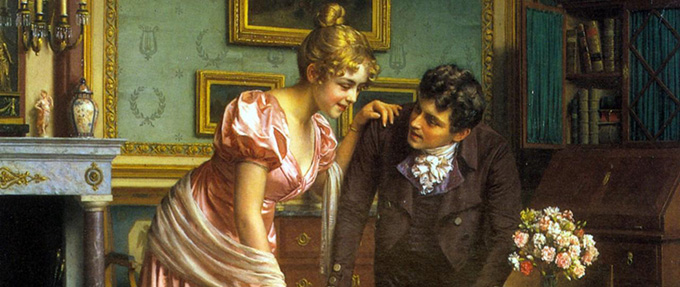
A few weeks ago, in a talk in the framework of the Castilla y León International Literature Festival ( FILE ) on the important role that women had in the press since the mid-19th century, attention was drawn to the need to include these names in textbook indexes alongside those of their contemporaries.
Research interest in the role of women in literature and communication is gaining momentum in many academic fields , but it does not always end up being established within the classroom.
The teacher must demonstrate to the students that communication in all areas is only possible if it starts from a good and great knowledge of our language and, consequently, from a study of literature. This central idea, origin and end of the subject itself, does not fit today with the concept of communication that new technologies and new generations have.
However, it is precisely because of how communicative interaction is now that it becomes more urgent to analyze the content and the teaching-learning process of language and literature. Recalling a few words from the philosopher Roland Barthes when asked if literature can be taught, he replied that “you just have to teach that.” Well that.
A new catalog
Literature is the reflection of a society that cannot be understood from a single perspective, since history cannot be conceived as a whole if all voices are not addressed: that of men, who directed, organized and wrote from the pulpits publics from politics, business and the press; and that of women, who began to leave the domestic space to be heard.
If we want to strengthen the role of women in today’s society, we must teach the one they had in times and societies not so far away, neither in time nor in space. The first step to take to rectify this absence should be to include them in the curriculum , expanding the literary canon and naming the voices that were well known and recognized in their time.
When the female presence in literature is studied, the first thing that surprises is the large number of poets, novelists, columnists or storytellers that existed, mainly, from the middle of the 19th century. In this survey there are many unknown names, although others are not so much thanks to that history of literature that they wrote and that still remains as an academic reference.
In those years of intellectual explosion in the Hispanic sphere, the presence of women at the social and academic level was very prominent, making their forgetfulness even more incomprehensible. Furthermore, we should not only talk about Spain, but female writing in America was and is also very active. Perhaps, from the outset, we should change the term “Castilian” to “in Spanish.”
From the library to the classroom
In literature, this corpus is made up of great figures of letters that somehow changed or told something that made a difference with respect to their contemporaries or their predecessors. So, how not to include in this revolutionary change the first woman who wrote in a magazine or published a book or who went to give a lecture at an athenaeum?
This repertoire also includes those who, due to their quality and their aesthetic use of the language, became known and recognized not only by the scholarly world. It is true that some of the publications of these women would not have passed down to posterity due to their poetic relevance, but we should not exclude them because they are women. But how many authors of those who appear in textbooks would not we eliminate today with one stroke of the pen? How many of us would not question their literary quality if it weren’t for the fact that they appear in that canon? Let’s dust off the curriculum library a bit and let’s be brave as teachers and as readers. Let’s make a criticism about their literary value but not about their determination to be heard.
When we explain literature in class, we focus on what curricula, publishers and markets present to us: in theory, authorized texts. That is, textbooks set the general pattern of what and how. As in other subjects, the marked lines sometimes prevent us from getting out of the way and taking shortcuts: achieving a schedule and an assessment at precise times means that the teacher has little time to discover to the students what is left between the lines . And it stays a lot. We have unconsciously converted these manuals into other canons: let’s review them more carefully since they are a direct source of knowledge.
The classrooms should reflect society and its immediate reality, but they are not there to establish dogmatisms or predicaments; Given the plurality of sampling, it is how we can teach to choose. Let us educate by showing the equality and recognition that already existed in some cases a long time ago. Education and teaching should be this, not something else.
Author Bio: Inmaculada Sanz Mateos is Associate Professor, Spanish Language Department, Faculty of Translation and Interpreting at the University of Valladolid
